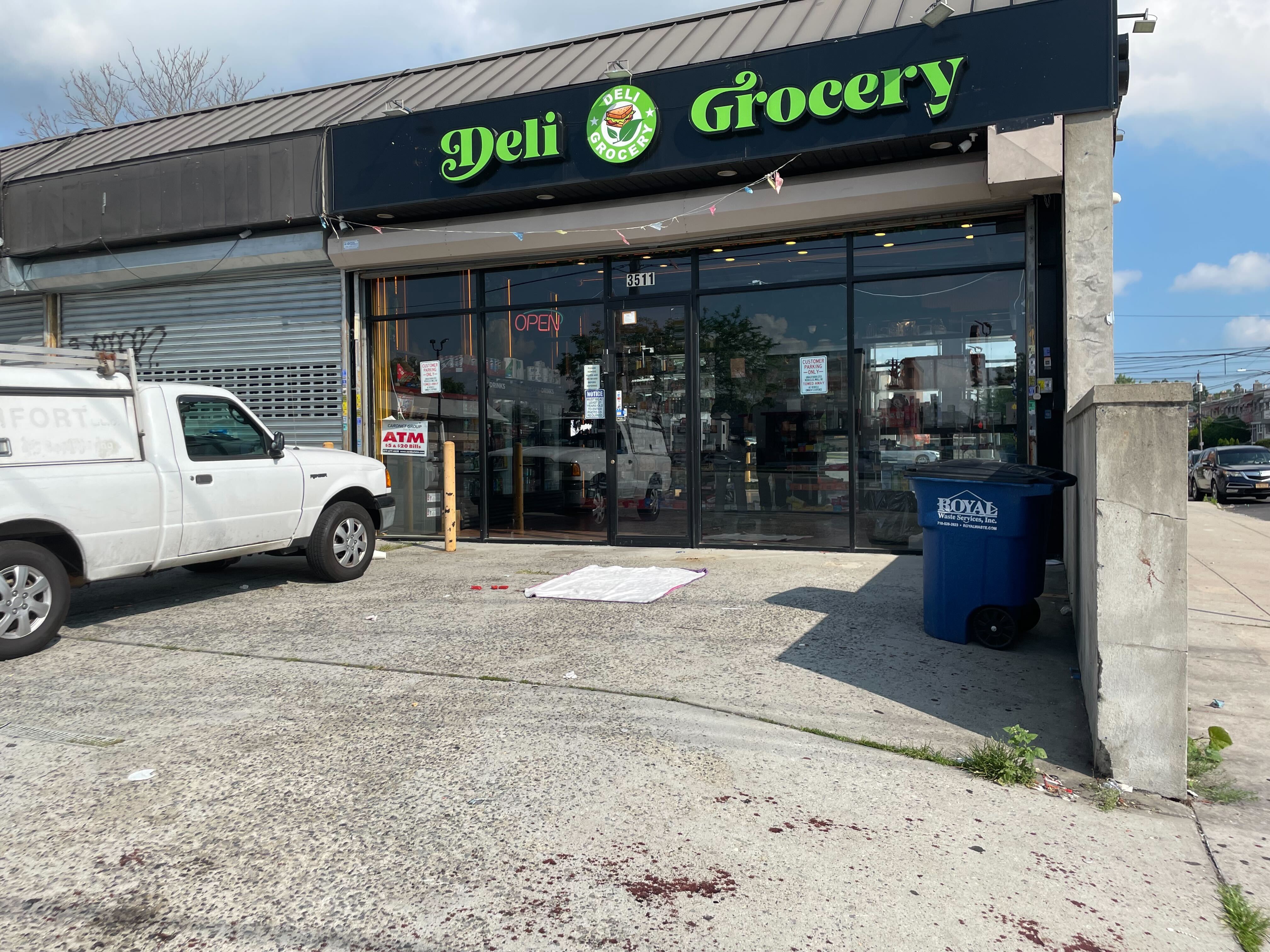Teen Charged With Murder After Fatal Bronx Smoke Shop Stabbing Amid Rising Local Crime

The fatal stabbing of a teenager in a Bronx smoke shop exposes deepening anxieties about youth violence and public safety in New York’s outer boroughs.
The particulars are both chilling and dismally familiar: on July 15th, Aliyah Williams, just sixteen years old, was stabbed to death inside a Bronx smoke shop after a trivial dispute with a fellow teenager. Few New Yorkers will be surprised; a growing sense of unease has settled over the city’s northernmost borough, where tales of violence have become nearly as routine as subway delays. Yet the incident—one adolescent slain, another facing murder and weapons charges—carries outsized resonance in a city still struggling to curb youth-involved violence.
According to the NYPD, the clash occurred on Boston Road and Mickle Avenue in Williamsbridge, a stretch of shops and fast-food joints that, for all its urban bustle, has seen crime climb in recent years. After Aliyah reportedly hurled water at her peer, the altercation turned lethal. Within hours, police had detained a 17-year-old girl, who at press time remained nameless due to her age; her lawyer is unknown.
The details remain in flux, but the larger picture is unimpeachable. Major crimes—including homicide—are up in the 47th Precinct, which covers Williamsbridge and surrounding Bronx neighborhoods. Six people have been killed there so far in 2025, as compared to four by this time last year—a 50% rise that refuses to be dismissed as mere statistical noise. Felony assaults jumped an alarming 25%. Such figures bode poorly for a city eager to project an image of post-pandemic bounce-back and safety.
For New Yorkers in the Bronx, the murder lands as both tragedy and warning. Few acts fray the social fabric so thoroughly as violence between children, and this episode, set against a backdrop of blaring police sirens and local anxiety, makes stark the challenges confronting both residents and policymakers. The climate in Williamsbridge is neither exceptional nor anomalous: in outer boroughs across the city, adolescent disputes are increasingly being played out with deadly weaponry.
The social consequences are not easy to quantify, but the contours are plain. Each episode like this, no matter how singular in facts, fuels the perception that lawlessness festers just beyond Midtown’s glittering towers—or, if one prefers the glass-half-full view, that old wounds never truly heal. Parents curtail freedoms; businesses eye security guards; teenagers, it seems, carry new wariness alongside their backpacks.
In economic terms, the toll is both visible and subtle. The city’s outer retail corridors, already battered by online shopping and the hangover from Covid-era disruptions, suffer in reputation and foot traffic when high-profile crimes hit the news. Small merchants in the Bronx operate with tighter margins than their Manhattan peers; a taint of violence—however rare statistically—can depress customer numbers and further hollow out fragile local economies.
Politically, such incidents can take on outsize significance. Mayor Eric Adams, himself a former police captain with a penchant for blunt talk, has staked his administration’s claims on fighting crime while promising nuanced approaches to juvenile justice. Fatalities involving minors—especially where both suspect and victim are young and from marginalized communities—complicate any simple narrative. Calls for tougher policing jostle uneasily with demands for intervention and investment in youth services.
Nor is New York alone in its conundrum. American cities from Philadelphia to Chicago have grappled with spikes in adolescent violence since the pandemic’s early days. Preliminary data from the Centers for Disease Control and academic studies suggest that, nationwide, the share of homicides involving minors as victims—or as perpetrators—has ticked upward since 2020. Some blame pandemic-era school closures, others point to the easy availability of knives and, still more, to the fraying of social trust.
In search of causes and cures
Many in New York’s policy class call for improved after-school programs, mental health services, or interventions at the earliest signs of distress. Others point dourly to cycles of poverty and persistent underfunding of city agencies. The evidence is messy and solutions remain elusive; the city’s budget, notwithstanding boisterous assertions by local lawmakers, is stretched thin, and new youth programs tend to become predictable political footballs.
What is striking, though, is the speed with which isolated acts recalibrate public feeling. Fear need not match the underlying numbers to shape behaviour: surveys commissioned by the MTA and local business improvement districts show that New Yorkers’ perception of crime often exceeds quantitative realities. Yet perceptions matter; they inform everything from property values to the propensity of families to remain long-term residents.
One must avoid mistaking the spectacular for the systemic. The city is, on the whole, far less violent than it was in the early 1990s, when annual homicide tolls exceeded 2,200—a figure today’s youth would scarcely credit. Still, progress once presumed permanent now feels fragile. It is clear that while New York’s topline indicators bode better than commonly imagined, the costs of backsliding are never puny, especially where young lives are concerned.
For now, the conversation returns—perhaps inevitably—to policing and prevention. Data-driven patrols will not suffice without community buy-in, nor can social services alone stem all violence. The tragedy in the Bronx suffices as caution both against complacency and against easy answers.
The killing of Aliyah Williams does not portend a return to the bad old days, but it does capture a city uncomfortably between eras—partly recovered, partly adrift. If history is any guide, New York will absorb this blow, learn something, and press on. But we reckon its leaders—and its citizens—would be wise to take the moment seriously. ■
Based on reporting from Gothamist; additional analysis and context by Borough Brief.